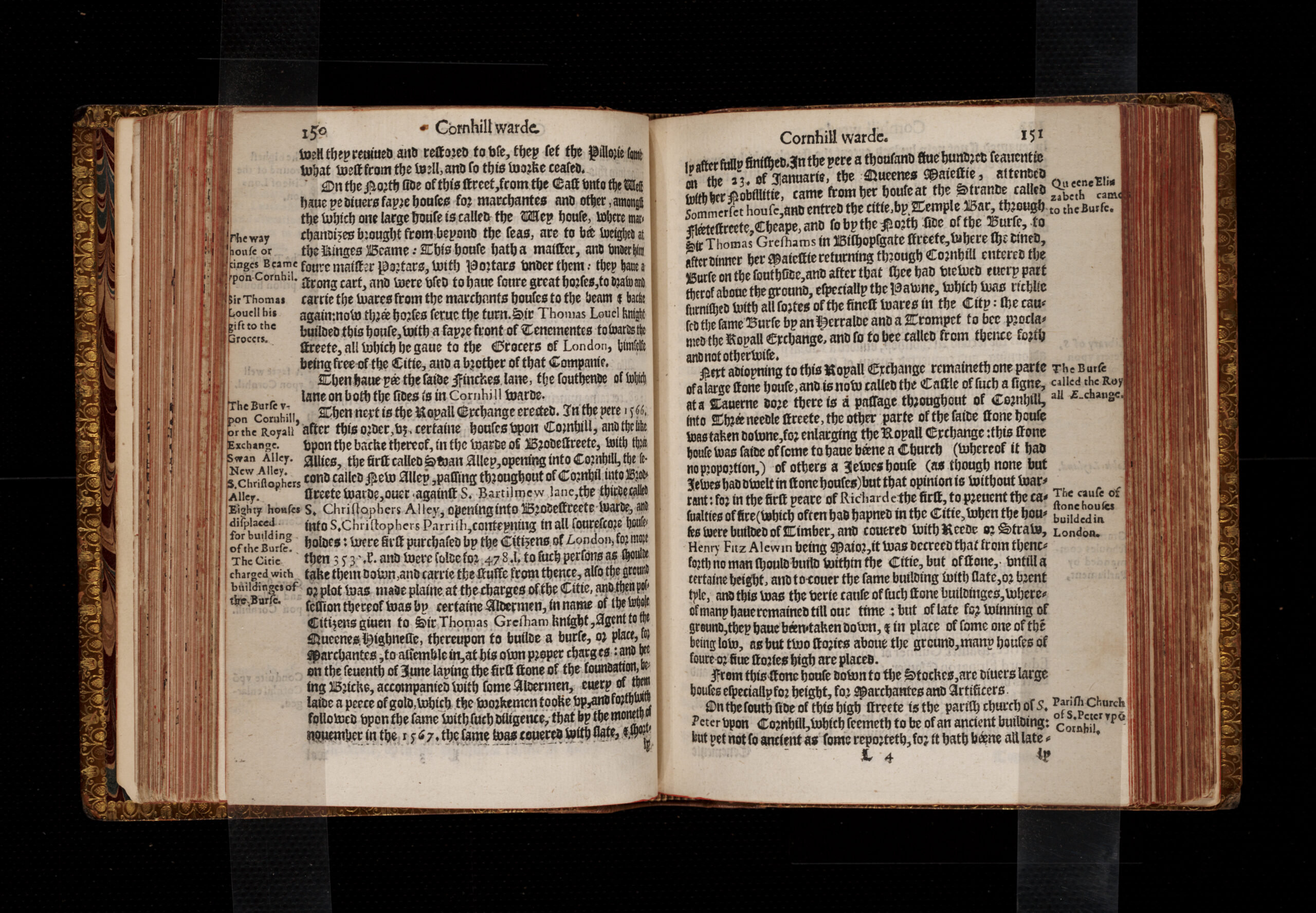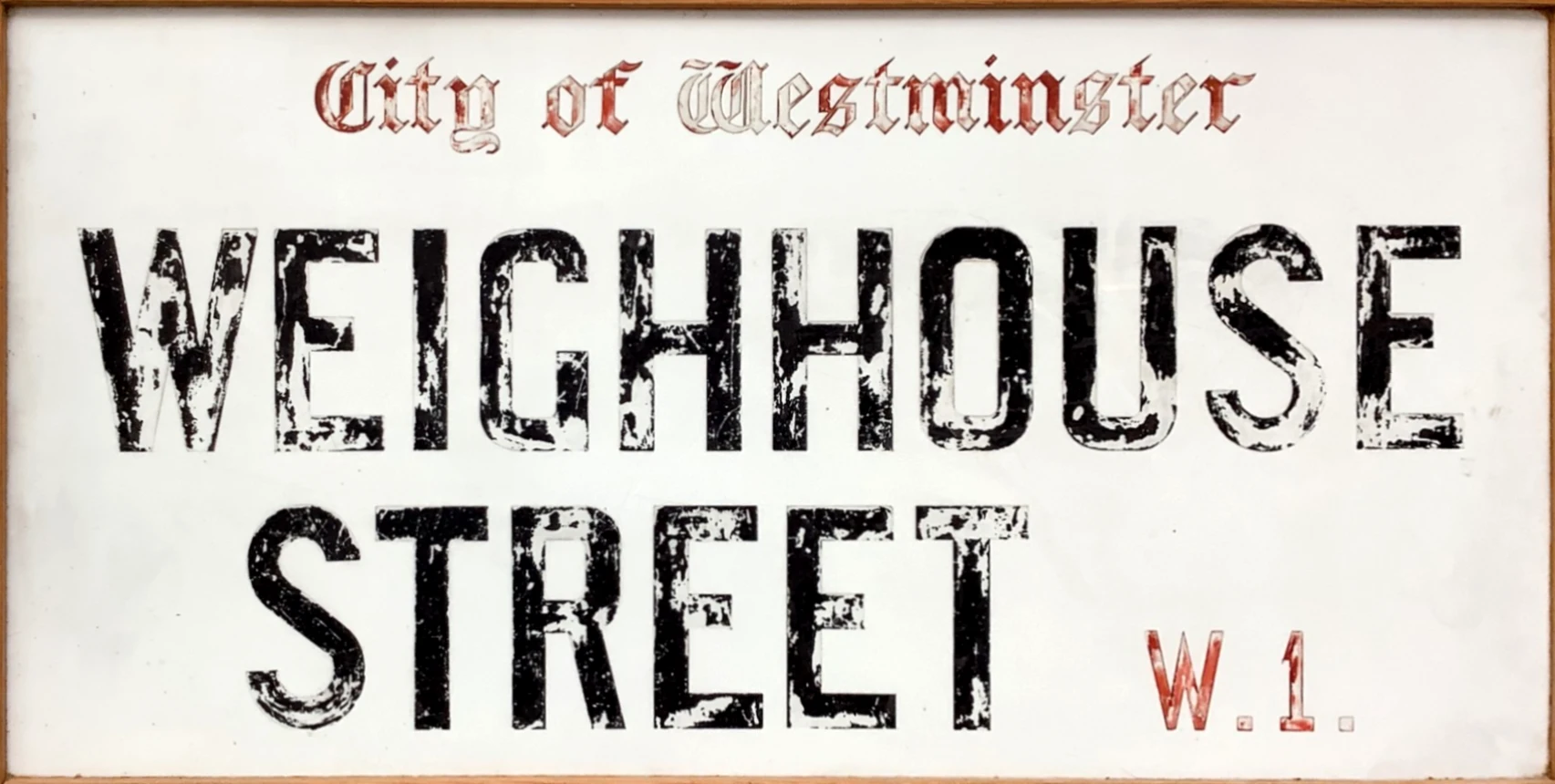Weighhouse is named after Weighhouse Street, in London’s Mayfair.
A modern economy relies on accurate measurement – of time, length, volume, and weight.
In 1180, England introduced the short-cross silver penny. This new coinage specified precise standards of weight and purity, prompting renewed efforts to improve and regulate weighing practices.
By 1268, City of London records show that the King’s Weigh House had already become an important source of revenue for the Crown. From at least the early 1500s, it was located on Cornhill, before moving to Little Eastcheap following the Great Fire of 1666.

In 1695, a meeting house for dissenters from the Church of England was established upstairs in this building: the King’s Weigh House Chapel. In 1834, to accommodate a growing congregation, a new chapel seating 1,000 was built on Fish Street Hill. However, in 1882, the building was subject to compulsory purchase to make way for the construction of Monument Station, and a new site secured, this time in Mayfair, at the corner of Duke Street and Robert Street.
Here, a new church was designed by Alfred Waterhouse – the renowned architect of the Natural History Museum – and consecrated in 1891. Robert Street was later renamed Weighhouse Street, and the building now serves as London’s Ukrainian Catholic Cathedral.
